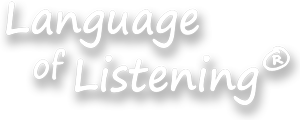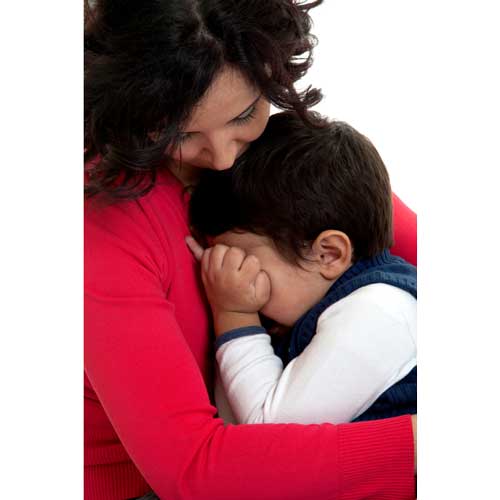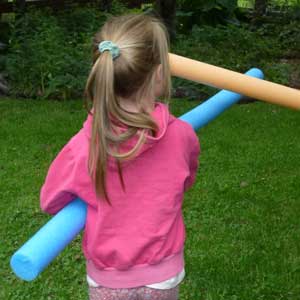Kids know something that we don’t. Blame is a valuable power-building tool.
That’s right. There’s actually something good about blame:
Blame is a natural power builder.
One parent told me about her two young daughters jumping from couch to chair to couch in the living room laughing and yelling at each other, “It’s your fault!” “No, it’s your fault…”Another shared that her child repeatedly pretended to trip in front of her and blame her with, “You tripped me. It’s your fault,” then burst out laughing. Both parents were horrified!
When we react by saying, “That’s not funny! Stop that,” we are going the wrong way. Essentially, we are increasing our children’s need to blame.
Why? Because these kinds of games seem to be children’s way to play out things in life that don’t seem right. In one way or another, the children are right.
Here’s how it works.
Consider this emotional progression that many of our children (and us) have experienced:
fear —> guilt (I did something stupid) —>shame (I am stupid, worthless, etc) —>blame (It’s not me! I can’t be stupid; you are!)
Following the blank-minded moment of fear, our emotions are clearly coupled with thoughts (in parenthesis). These thoughts are what kicks in the power builder. Since our beliefs about who we are often come from what we do, you can see that there’s no way our personal growth would stand by and allow us to convince ourselves we are something less than we really are. Blaming others or outside forces (“It’s not me!”) is the perfect response, because you are right! Worthless (or whatever stupid means to you) is not who you are.
However, the reason the self-correcting mechanism of blame isn’t obvious is that we make it wrong.
When we are blocked from blaming outside forces, we end up blaming ourselves as in, “I’m so stupid!” Since blame is part of our natural power builder, we have to blame something. However, blaming ourselves increases our need for power and often creates resentment (blame with a lid on it, pressure cooker style) which slows us down. That’s why our kids play at blaming—to reclaim their natural growth mechanism and speed things up.
Instead of making your children’s blame games taboo, join in the play to see the child’s perspective. Or better still, follow their lead and, in a heated moment when you are past the point of SAYing WHAT YOU SEE, and about to dish out some scathing blame, go into it! Blame a nearby tree, the sky, the ceiling, or some other impossible source until you all lighten up and start laughing. It’s the quickest way I know to turn a blaming moment into a game and model a healthy alternative for children. After the laughter, it’s much easier for everyone to step more quickly into ownership, apology and figuring out what to do differently next time.
How do you know that going into the blame is right for personal growth? Laughter is your proof!
Or, if that’s not proof enough for you, try it with a child. Something about it will feel very familiar when your child bumps into a table, blames the table, then upon hearing your validation of “That table shouldn’t have done that!” laughs and says, “It wasn’t really the table; it was me.”
If you try this, please let me know. Meanwhile, what blame games have you seen kids play? What blaming moments are hardest for you?











